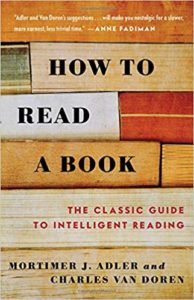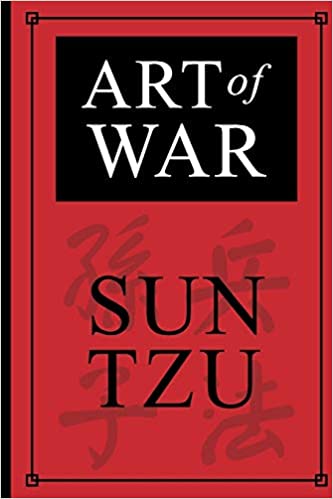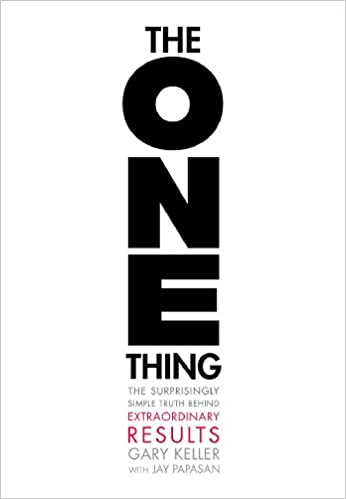How to Read a Book. The Classic Guide to Intelligent Reading

Book: How to Read a Book. The Classic Guide to Intelligent Reading
Authors: Mortimer J. Adler and Charles van Doren
Year Published: 1972 (Originally Published 1940)
BOOK SUMMARY
Top Line
Reading is a skill, and like any other skill, it can be mapped and improved with guided practice. Reading is a complex activity. Most of us think that we read well. Yet, based on how active our reading is, we absorb less or more of what we read.
The authors make the case that you should learn to read well, not for the sake of reading a few books but rather that you should read actively and read well for the growth of your mind. “If you are reading to become a better reader, then you cannot read just any book or article. You will not improve as a reader if all you read are books that are well within your capacity. You must tackle books that are beyond you. Only books of that sort will make you stretch your mind. And unless you make the effort stretch, you will not learn!”
There is a method for reading even the most daunting of books quickly and understanding them. The goal of this book is to provide you with the techniques and the skills for reading well. From that point, the purpose of reading well is to catalyze intellectual growth.
Book Summary
What is the reason for reading? If could be “Reading for Information” or it could be “Reading for Understanding.”
It’s the latter that is difficult to achieve.
Reading for understanding requires that the reader should be able to elevate themselves to an understanding that is close to that of the writer.
You may think that reading is passive. The authors, however, contend that reading needs to be active for it to be effective. Their metaphor is that of a ballgame. The author’s job is that of a pitcher or a batter who plays the role of the sender. The catcher or fielder, as the receiver, is the reader.
To take the analogy further, the art of catching is the skill of catching any kind of pitch – fastballs, curves, changeups, etc.
A skilled ball player makes a better all-round catcher. Similarly, a skilled active reader does a better job of reading well and understanding the writer’s message.
Likewise, acquiring knowledge from a book requires work from the reader. Like any other skill, reading well need diligent practice.
The more active your reading, the better your reading will be.
THE 4 LEVELS OF READING
-
Elementary reading – Turning symbols into information;
Elementary reading is the stage where the reader can decipher symbols into information and comprehend words and sentences in a text.
To be able to do this is to understand the content and meaning of those sentences. Elementary is the level of functional reading.
Speed reading, according to the authors, is a remedial solution and that instructions for speed reading are mainly in reading at the elementary level.
-
Inspectional reading – Getting the most from a book in a given time;
Inspectional reading is a true level of reading. It is the skill of getting the most from a book in a short given time.
There are two levels within Inspectional reading:
a. Systematic skimming or Pre-reading
Skimming tells you whether or not you should devote more time to the book. Besides, skimming does give you a sense of the book even if you decide not to reread it with more care.
While reading faster is desirable, speed reading is not one of the critical features of skimming or inspectional reading.
b. Superficial reading
“In tackling a difficult book for the first time, read it through without stopping to look up or ponder the things you do not understand right away.”
“Do not be afraid to be or to seem to be superficial. Race through even the hardest book. You will then be prepared to read it well the second time.”
-
Analytical reading – Thorough and complete reading for understanding
The third level of reading is analytical reading. Analytical reading is a systematic method of reading and requires a significantly higher application of effort by the reader. Analytical is a more sophisticated level of reading, and it begins with classifying the kind of book you are reading.
Analytical reading involves the reader asking organized and systematic questions about what it is that they are reading. Reading at this stage needs to be carefully and thoroughly done.
Analytical reading is needed if knowledge or “an in-depth understanding” is the goal. A lower-level effort may be adequate if the reading is for information or entertainment.
The authors recommend that the first stage of analytical reading or rules for finding what a book is about:
- Classify the book according to the subject matter.
- State what the book is about with utmost brevity
- Enumerate its major parts in their order and relation, and outline these parts as you have described the whole
- Define the problem or problems the author is trying to solve.
Some of the techniques recommended by the authors for analytical reading require making notes. These could be on the book itself on the margins of the pages etc.
For analytical reading to work, the reader needs to make notes that are both conceptual about the concepts explored in the book, as well as dialectical, which will help frame the arguments presented in the book.
-
Synoptic reading – Exploring a subject through extensive reading.
Reading well, which means reading actively, is not a goal in itself. It’s the recipe for growing intellectually.
Syntopical reading is an elevated level of reading. It’s a level that the reader chooses when they have decided to learn about or to investigate a topic in detail.
This level of reading is a mix of applied inspectional and analytical reading. Synoptic reading involves reading multiple books on the same subject to gain a superior understanding of the field and to build a thorough knowledge about the subject matter that the reader has chosen to pursue.
The way to do this is to identify appropriate books for your research. Look at the titles of the books, scan their indices to get a good sense of whether the books will fulfill your purpose once you have your list complete, then to read the entire books or the relevant parts of those books.
Synoptic reading is the acme of a thorough analytical approach to reading to gain a more profound knowledge of the ideas that the reader has chosen to learn about, rather than the reading of just an individual book.
Defining the essence of Active Reading
Active reading is better reading. The authors advise the reader to ask questions while they read. These are questions that they should try and answer for themselves in the course of reading.
There are four main questions you must ask about any book:
- What is this book about as a whole?
- What is being said in detail, and how?
- Is this book true, in whole or in part?
- What of it?
Reading and the growth of the mind
Like the authors themselves, it bears to make the point again that “if you are reading to become a better reader, you cannot read just any book or article.”
To paraphrase the authors: “A good book does reward you for trying to read it. The best books reward you most of all. The reward, of course, is of two kinds. First, there’s is an improvement in your reading skills. Second – and this is more important in the long run – You become wiser.”
The human mind can inexhaustibly keep growing. A diet of good books and the method of active reading is the way how!
My Recommendation
This book title comes across almost like a non-sequitur – “How to read a book” – how can someone teach me that? I know how to read a book! Dismissing this book with that mindset would be a grave mistake.
This book takes some of the ideas that we hold for granted and presents them in a new light. In my opinion, reading this book definitely makes one a more instructed and more analytical reader.
I would recommend this book to anyone who has a reading habit and even more highly to those who would like to inculcate the habit of reading.




